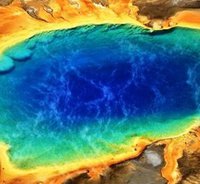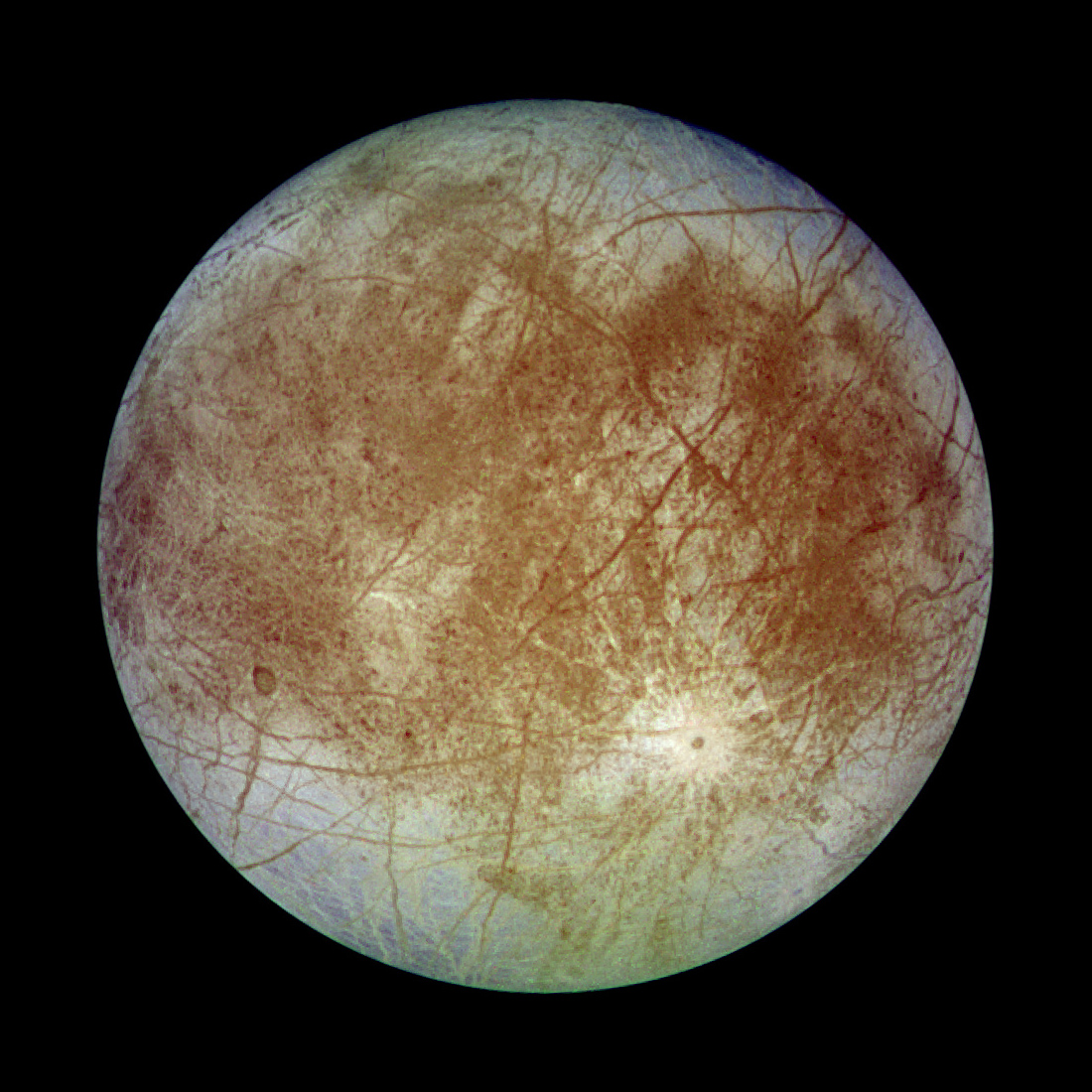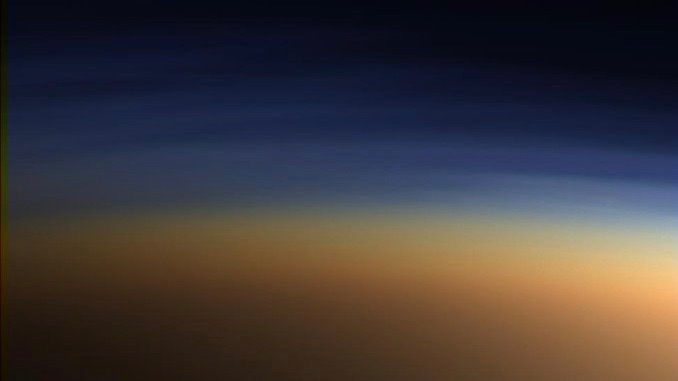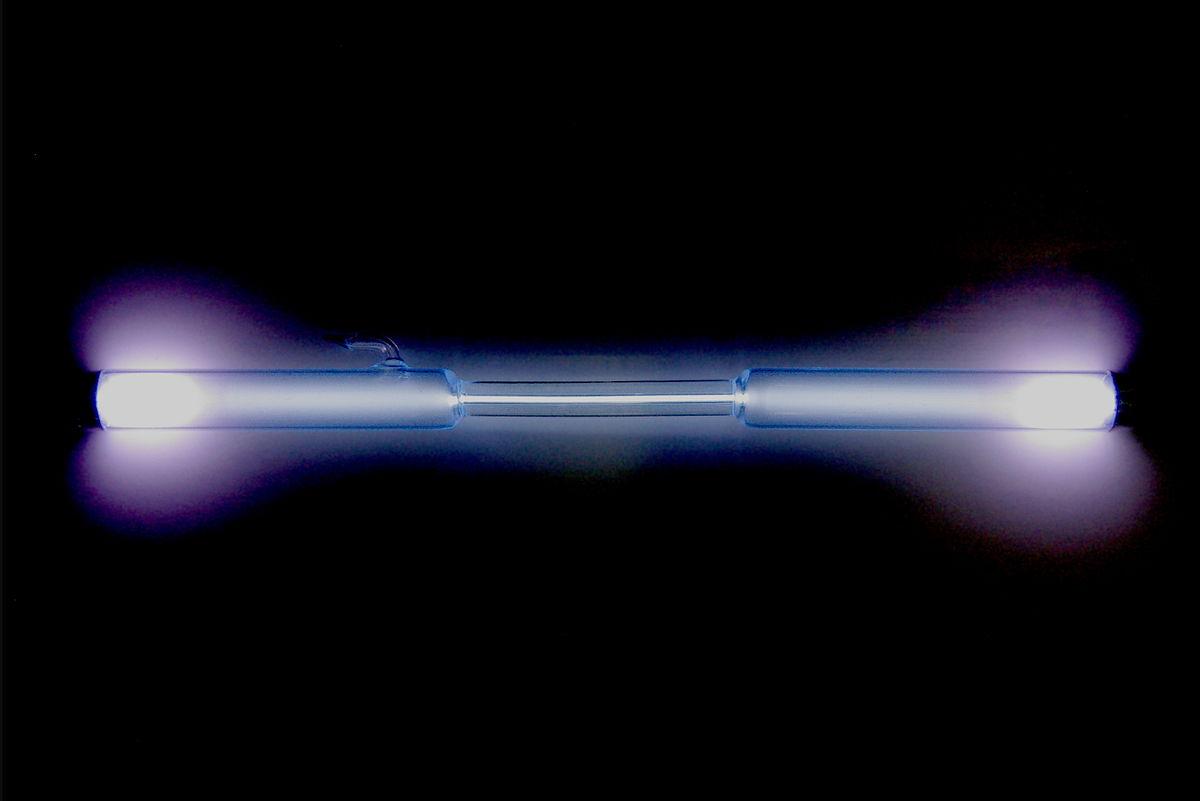
Astrobiology seeks to answer questions regarding the origins and extent of life in the Universe. Geology provides a window in time that offers evidence needed to address these astrobiological questions. The study of ~3.5 billion year old stromatolites from the Pilbara, Western Australia has shown that some of the earliest evidence of life on Earth was thriving in hot springs on land. This study provides direct evidence for the surface deposits of hot springs and geysers, which include geyserite and sinter terracettes. Importantly, these land-based hot spring deposits preserve evidence of ancient life in the form of stromatolites, microbial palisade fabric, and gas bubbles preserved by inferred, mineralized microbial matrix/exopolymeric substance (EPS). These findings extend the known geological record of inhabited land-based hot springs on Earth by ~3 billion. This evidence also provides a geological perspective that may be relevant in origin of life studies, and subsequently for implications in the search for life elsewhere.
 Getting Under Europa’s Skin
Getting Under Europa’s Skin Tracing Formation and Evolution of Outer Solar System Bodies Through Stable Isotopes and Noble Gas Abundances
Tracing Formation and Evolution of Outer Solar System Bodies Through Stable Isotopes and Noble Gas Abundances Photosynthesis, a Planetary Revolution
Photosynthesis, a Planetary Revolution Xenon: King of the Gases
Xenon: King of the Gases